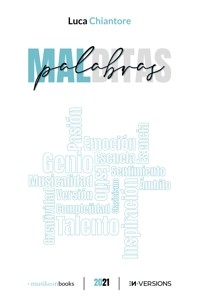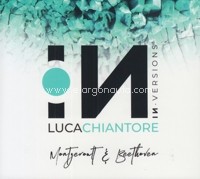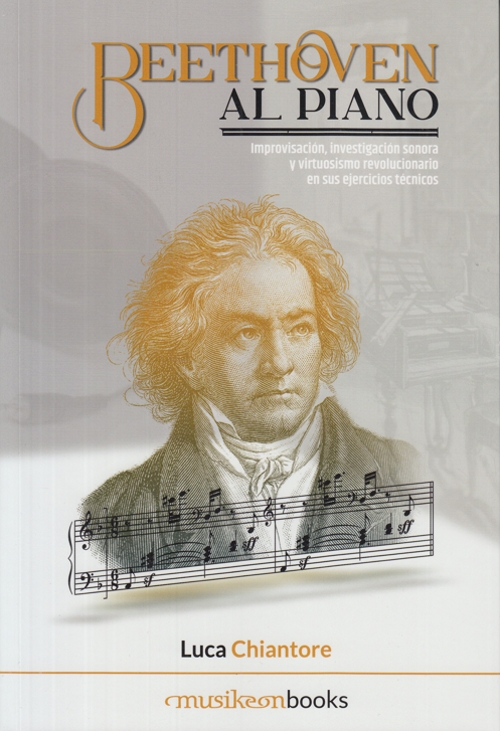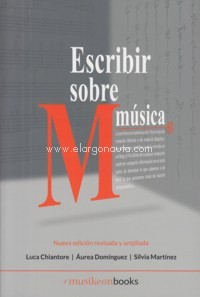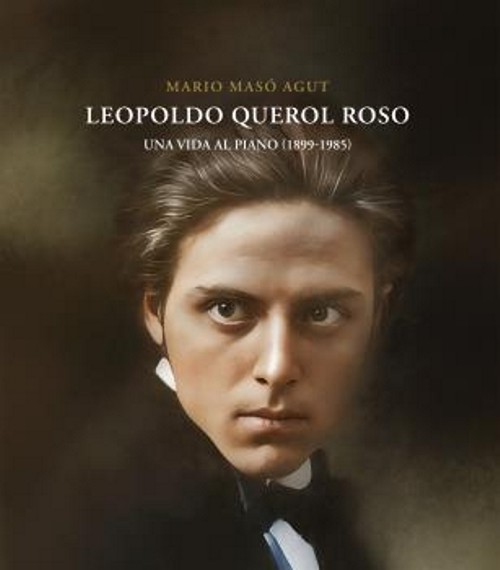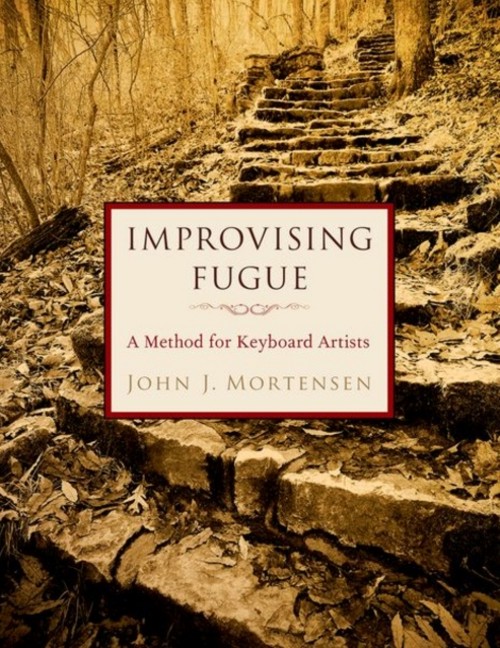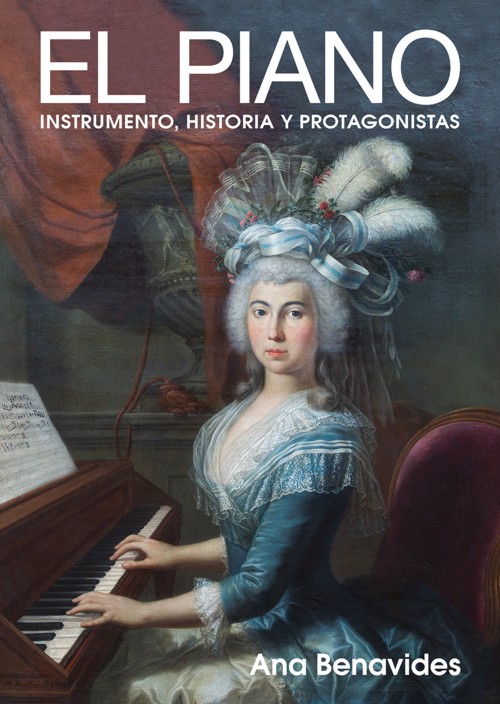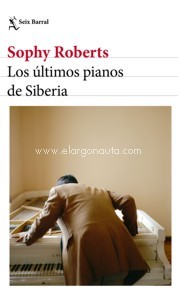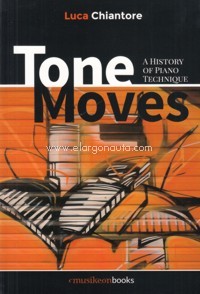
Tone Moves. A History of Piano Technique
Chiantore, Luca
Musikeon Books. 2019Ficha técnica
- EAN: 9788494511738
- ISBN: 978-84-945117-3-8
- Editorial: Musikeon Books
- Fecha de edición: 2019
- Encuadernación: Rústica con solapas
- Dimensiones: 15x23
- Idioma: Inglés
- Traductor: Peter Russell Wix
- Nº páginas: 756
Disponible
Más de 5 en stock - dato actualizado el 18/04/24 a las 23:17¡GASTOS DE ENVÍO GRATIS!
PVP. 36,40€
Añadir a la Lista de deseos
Is there such a thing as the ideal technique? The past and present of musical performance constantly provide evidente that, among the multiple different ways available of using our body, plenty might prove equally efficient and musically convincing. Among al¡ the possible options, however, one merits special attention: the technique employed by composers themselves while creating their works.
In this book, ltalian-born pianist and scholar Luca Chiantore sets out to examine the transformations undergone by piano technique, and how this overall history relates to the performative customs of those pianist-composers whose works we today consider the core repertoire of so-called Western classical music. The author illustrates the diversity of their bodily approaches to the keyboard, exploring their respective biomechanical inquiries amidst increasing hand and arm involvement in piano playing and the emergente of often contrasting pedagogical theories.
The result of intense, rigorous research, Tone Moves contains an impressive amount of documentation, including a vast number of theoretical works which had never before been studied thoroughly. Through al¡ this, the author narrates a "history" that uncovers crucial parallels with the past three century's aesthetic revolutions. Chiantore spins a tale of widespread, lasting changes, a searching narrative brimming with strong personalities often steering in opposite directions, al¡ in al¡ an avowal of the stunning diversity of options available when expressing ourselves through an instrument.
CONTENIDO:
Introduction. The quest for tone
Between art and mechanism
In search of an Ur-Technik?
Honing concepts
Technique and instrumenta
A gentle percussion
Pianos and pianofortes
Transcribing
- Part one: From the monacordio to the pianoforte
1. Keyboard technique until 1770
The first clues
Thomas de Sancta María and bis Arte de tañer Fantasía
"Good" and "bad" fingers in Diruta's Transilvano
France: from Jean Denis to Couperin le grand
Rameau's dead hand
Pablo Nassarre and the l8th century in Southern Europe
A man amid a changing world
Johann Sebastian Bach's fingering and technique
Carl Philipp Emanuel Bach's essay
2. Mozart, Haydn, and the pianoforte
Mozart the conservative
Some enticing exercises
Haydn's symphonic keyboard
3. Treatises and methods up until Clementi
Ricci's method and the Lühlein case
Daniel Gottlob Türk and his Klavierschule
Experimenting...
Pleyel's exercises
Clementi the mechanicus?
Onward to Parnassus
4. Beethoven, the new man
Technical exercises in the Kafka and Fischhof miscellanies
A different legato
Schindler's copy of Cramer's etudes
A look at his sonatas
5. Schubert's utopia
"Key become singing voices"
Out of his time
Singing among friends
Erlkönig: an unusual reading
6. Technique and pedagogical texts from Adam to Czerny
Adam and Müller: conservatory exercises
Towards a technique of expression
The insight of Francesco Pollini
Héléne de Montgeroult: 700 pages of surprises
Cramer: theory through practice
The zenith of pianoforte technique: Hummel's method
Kalkbrenner and his guide-mains
Tradition and cribbing
The Dactylion and the "anatomical problema
Czerny and his Pianoforte-Schule
- Part two: The Romantic piano
7. A new musical scene
A method squared
Moscheles and variety of touch
Thalberg's three hands
Mendelssohn's marvellous mimetism
Florestan vs. Eusebius
8. Chopin and his point d'appui
Chopin, pianist and teacher
Chopin's Méthode de piano and his technical theory
Some different exercises
Chopin's etudes and the birth of a new technique
9. The metamorphoses of Franz Liszt
A changing pianism
Liszt, teaching at twenty
Pianistic prime
The spectacle of Liszt's technique
Mechanism and figurations
Three leeels
10. Brahms, between past and future
First composer, then pianist
Brahmsian support and harmonic functions
51 legato exercises
That December of 1889...
11. The 1830 generation
The reign of Anton Rubinstein
Mussorgsky's otherness
The French connection
- Part three: The modern piano
12. Busoni and the Golden Age
Tausig, Bülow, and Tchaikovsky's Piano Concerto No. 1
Pianists between two eras
Busoni and his "flying technique"
13. Rachmaninoff vs. Scriabin
An interpretation of technique
"Small line, small musician"
A new sound space
Overcoming materiality and dissolution of gesture
14. Debussy and Ravel: two faces of modernity
Virtuosity and nature
Piano technique and Balinese gamelan
Piano technique or composition technique?
A different Boléro
Mechanism and mechanicism
"Intelligent hands"
15. The 20th century: Death or transfiguration?
Bartók and his imagined authenticity
Prokofiev's disguised revolution
Different techniques for different landscapes
Technique and improvisation in Granados
Strumming...
A puppet dancing on the keyboard
Schoenberg, Webern, and the last breath of a tradition
Rhythm and timbre in Messiaen
Stockhausen and randomness
Experimentation and mannerism
Cage and Milo the ape
Minimalism and its fringes
Experiences
16. Technique, the performer's prerogative
Piano schools?
Recordings and concert playing
Study of technique and study techniques
Beyond the master's footsteps
- Supplement
Technical theories and pedagogical texts from 1850 onwards
1. Teaching piano technique in the 19th century
Mechanisms and music
Looking back
Piano, song, and plenty more
William Mason's Touch and Technic
Isidor Philipp and French finger technique
The hand and arm gesture: Joseph Schiffmacher
Searching, searching...
Marie Jaéll Trautmann: technique and sensations
2. Different ways to be a great teacher
Playing with weight
From Deppe to Caland
Leschetizky: a grand teacher for frontline pianists
3. Prototypical movements
Tobias Matthay and his 42 types of touch
The visible and invisible
A doctor examines piano technique
Breithaupt's "natural" technique
4. Approaching the present
A musical education
The science of bodily mechanisms
Timbre and motion
Three paths
The spark of excellence
A final observation
Bibliography
Index


